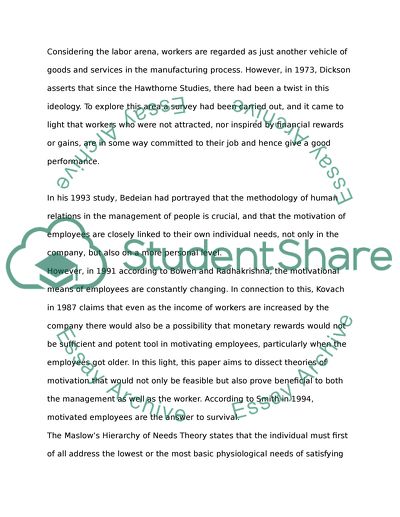Cite this document
(“Compare and Contrast Two Theories of Motivation Essay”, n.d.)
Retrieved from https://studentshare.org/psychology/1546469-compare-and-contrast-two-theories-of-motivation
Retrieved from https://studentshare.org/psychology/1546469-compare-and-contrast-two-theories-of-motivation
(Compare and Contrast Two Theories of Motivation Essay)
https://studentshare.org/psychology/1546469-compare-and-contrast-two-theories-of-motivation.
https://studentshare.org/psychology/1546469-compare-and-contrast-two-theories-of-motivation.
“Compare and Contrast Two Theories of Motivation Essay”, n.d. https://studentshare.org/psychology/1546469-compare-and-contrast-two-theories-of-motivation.


